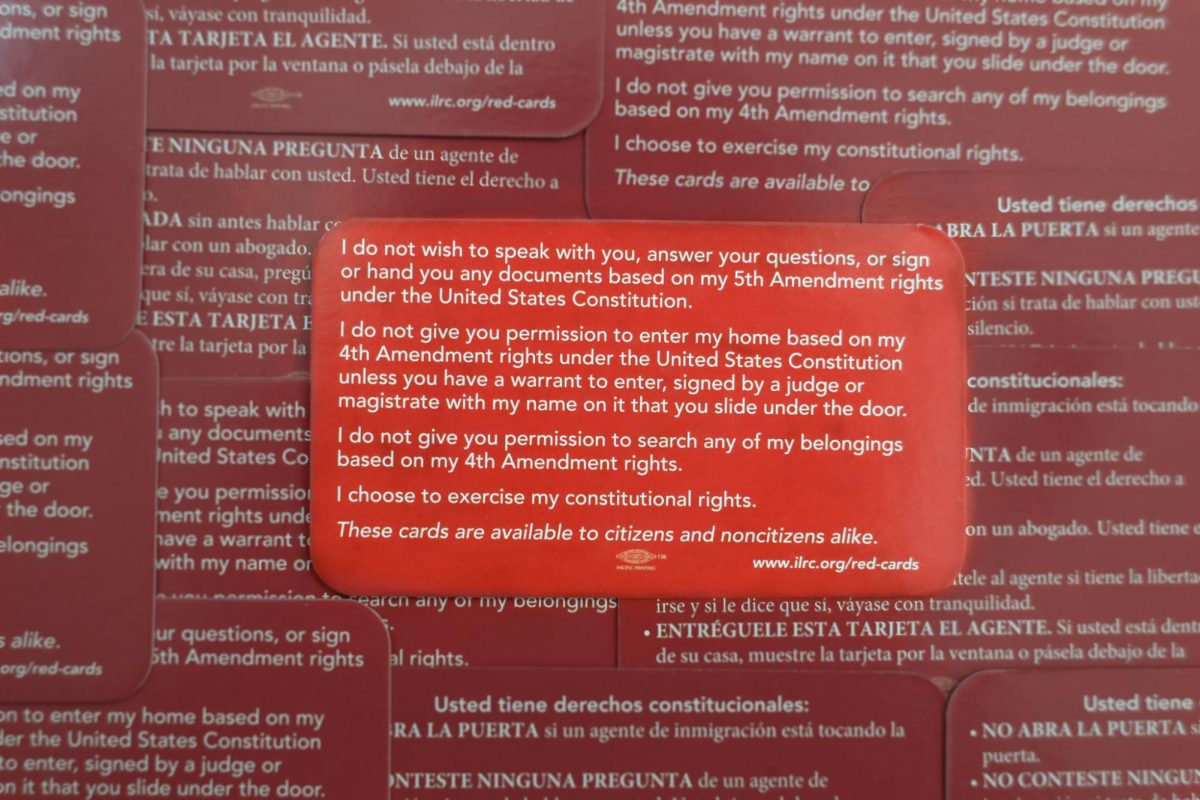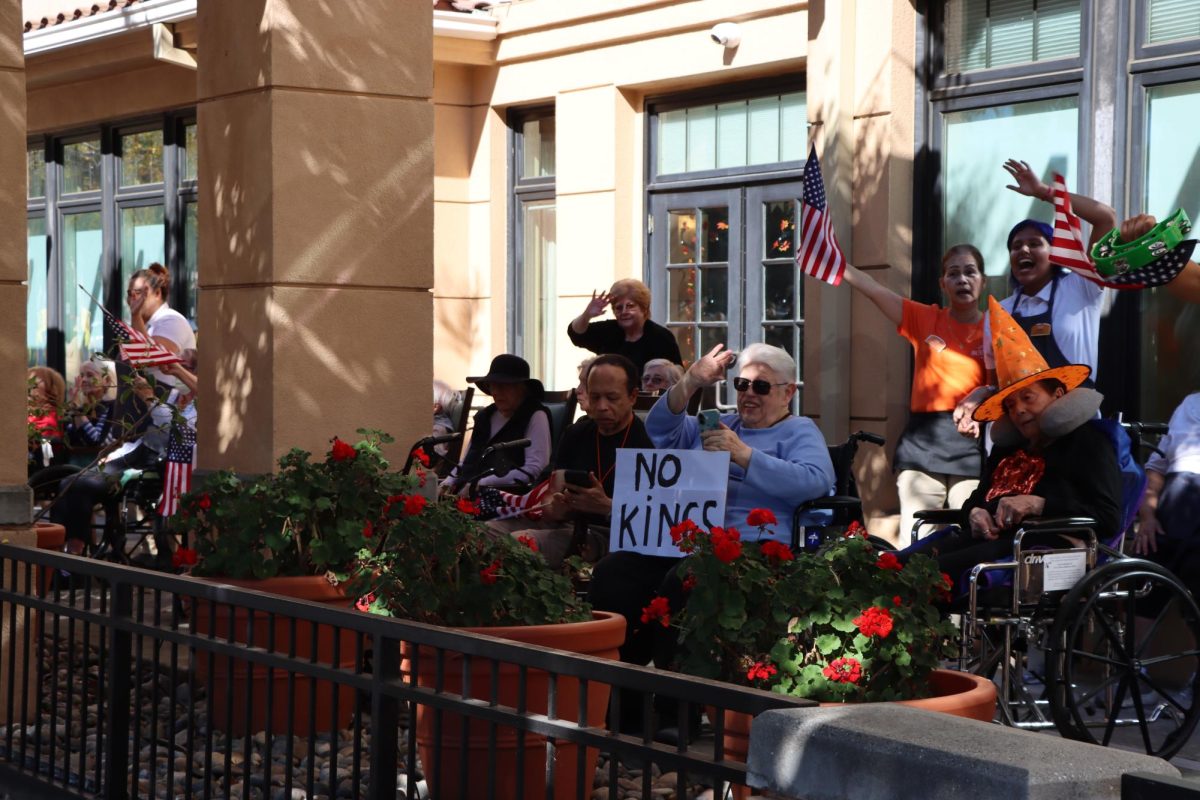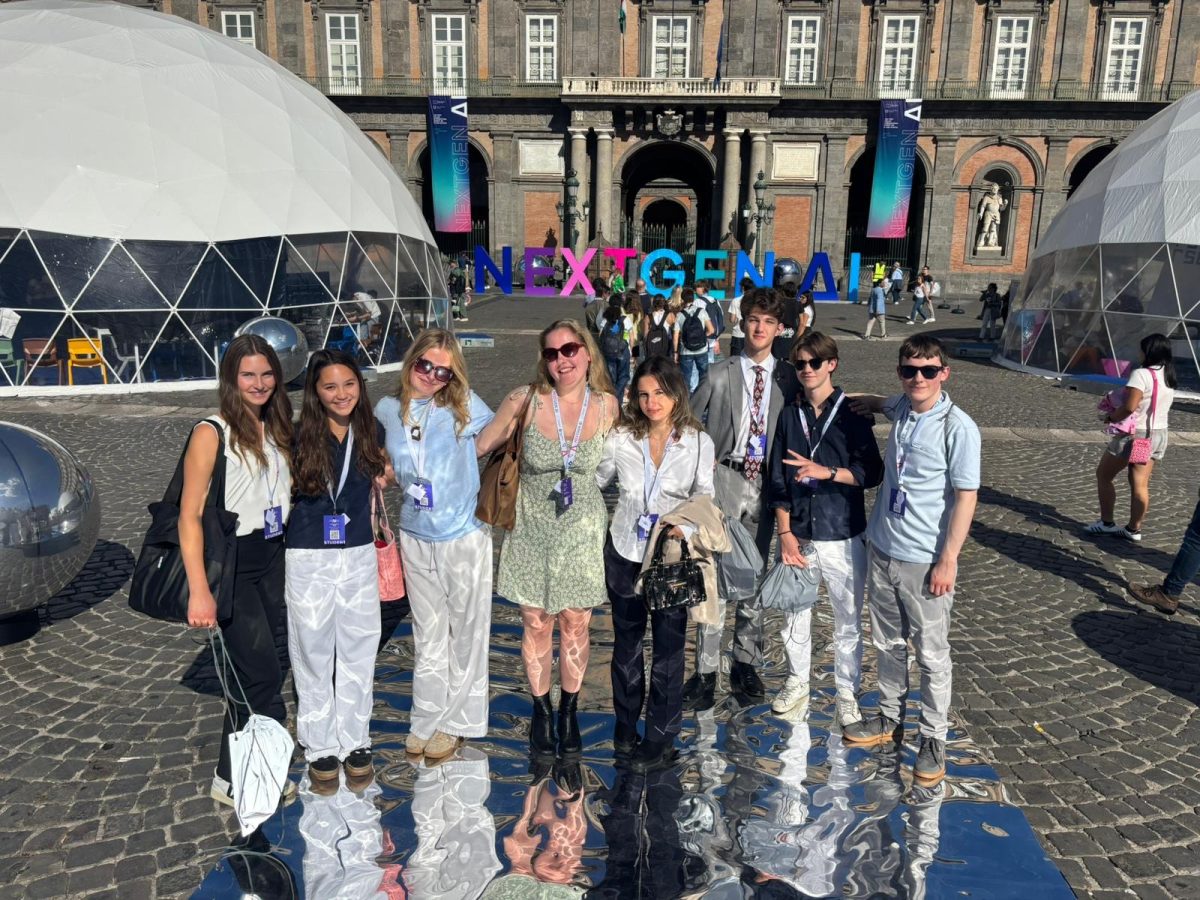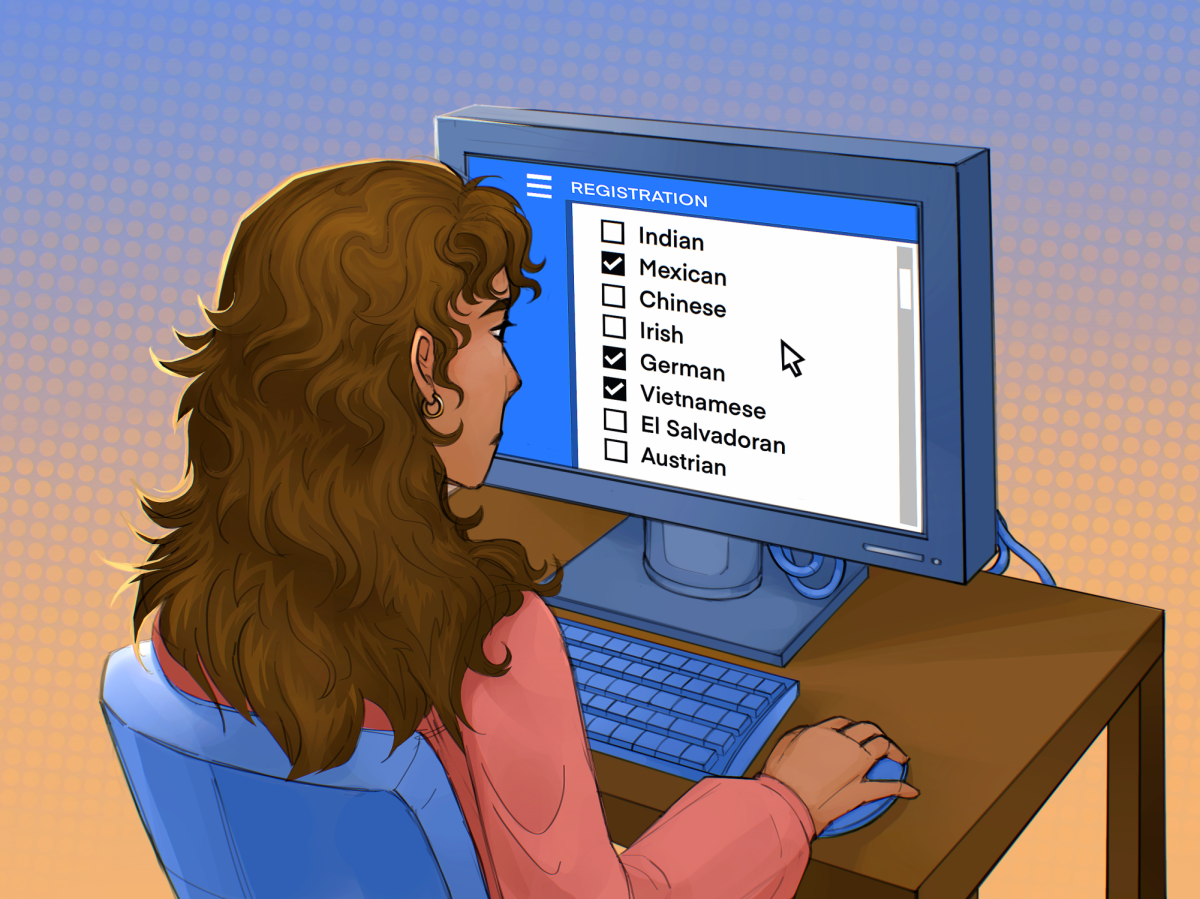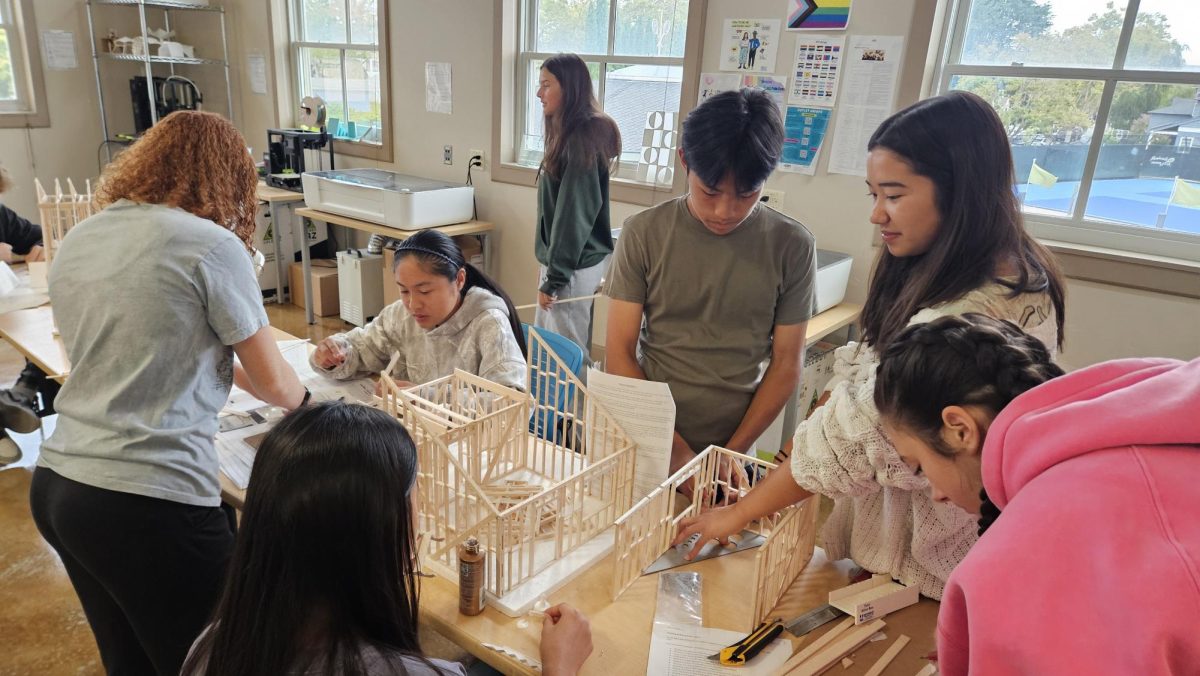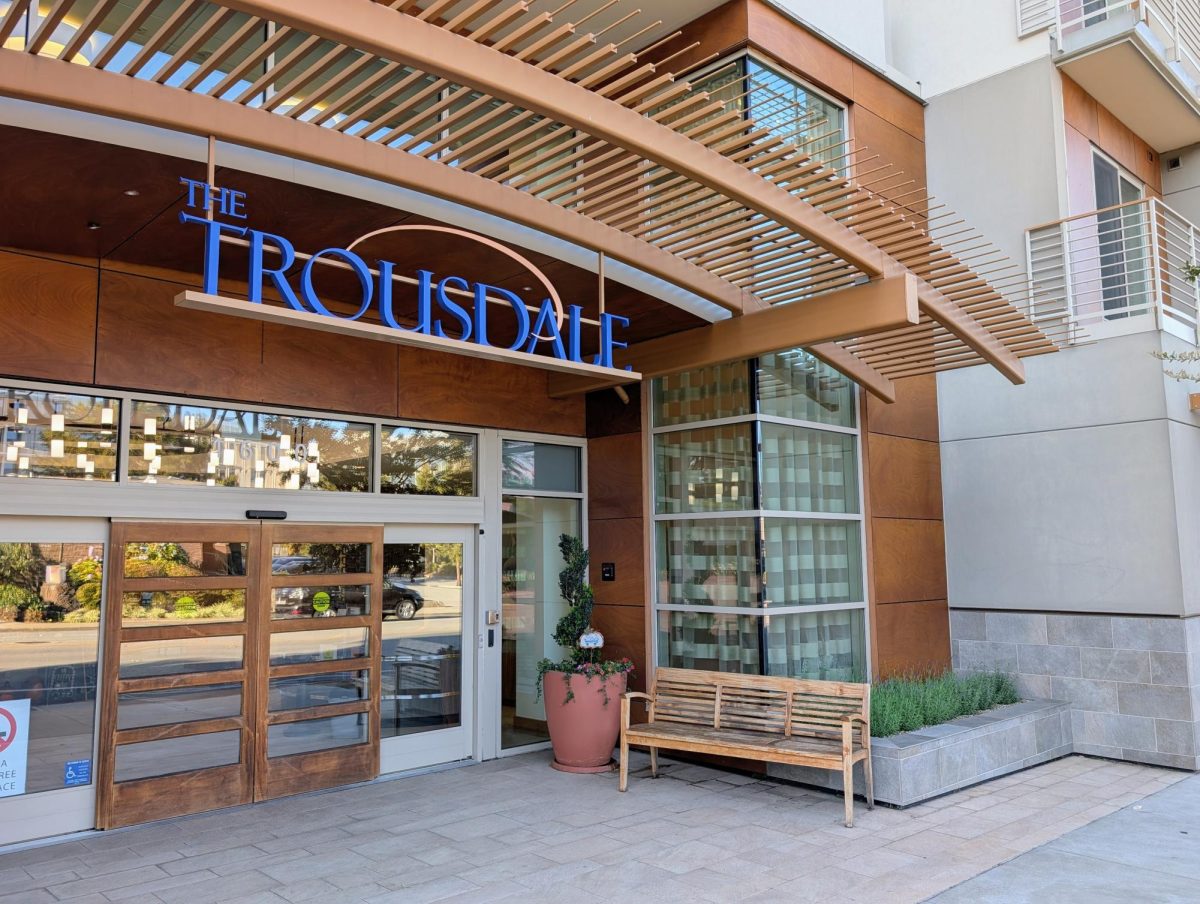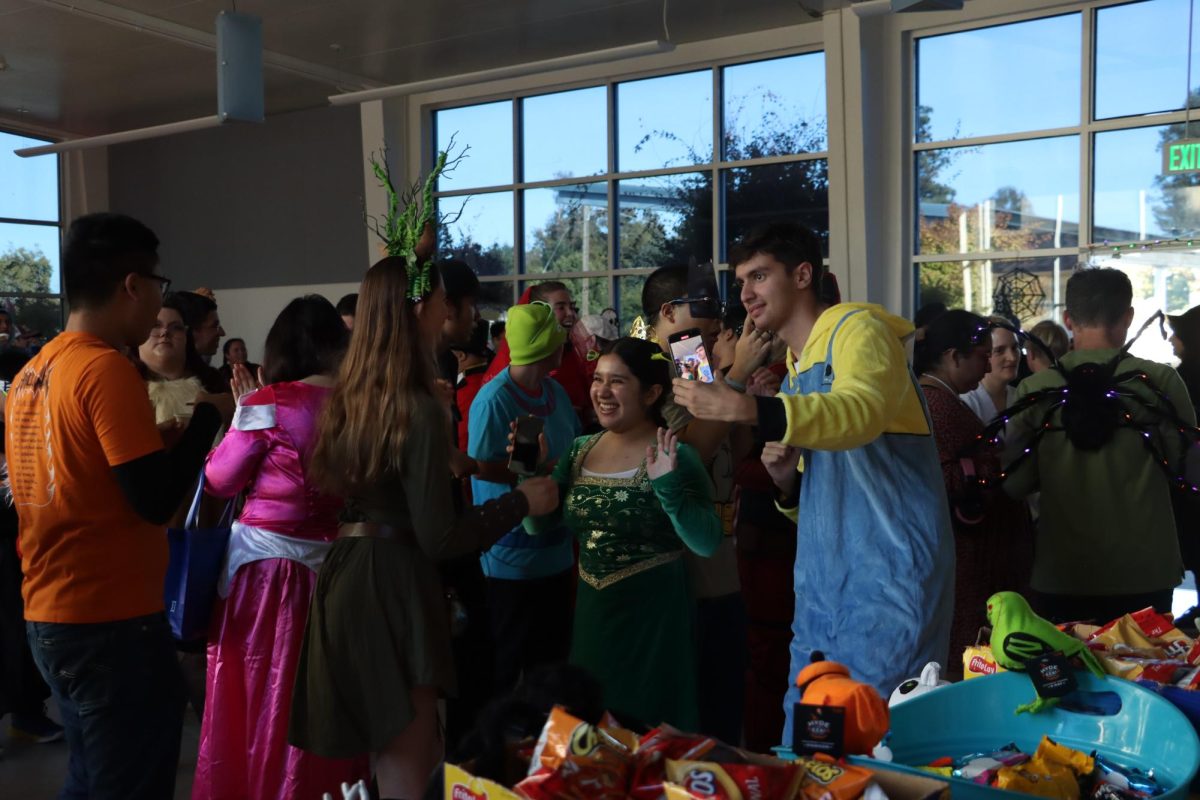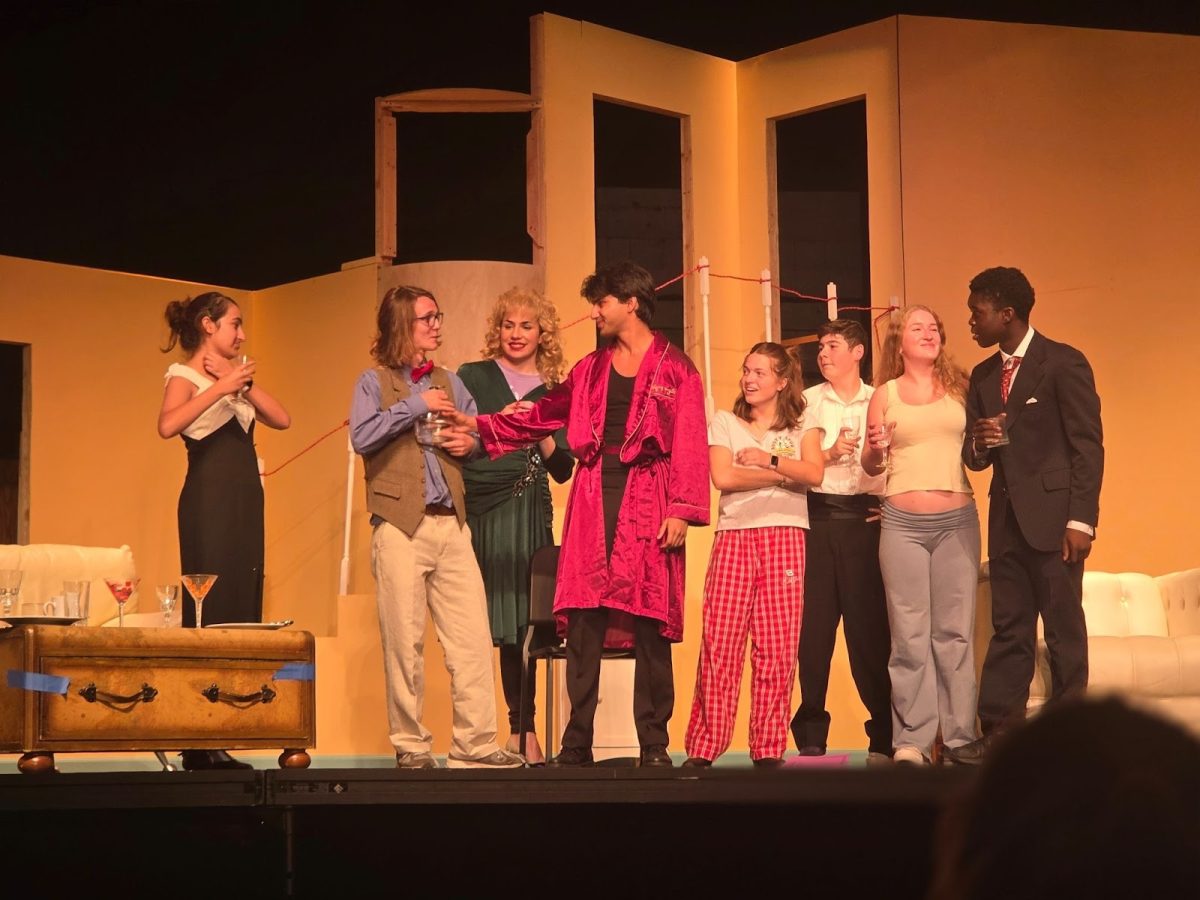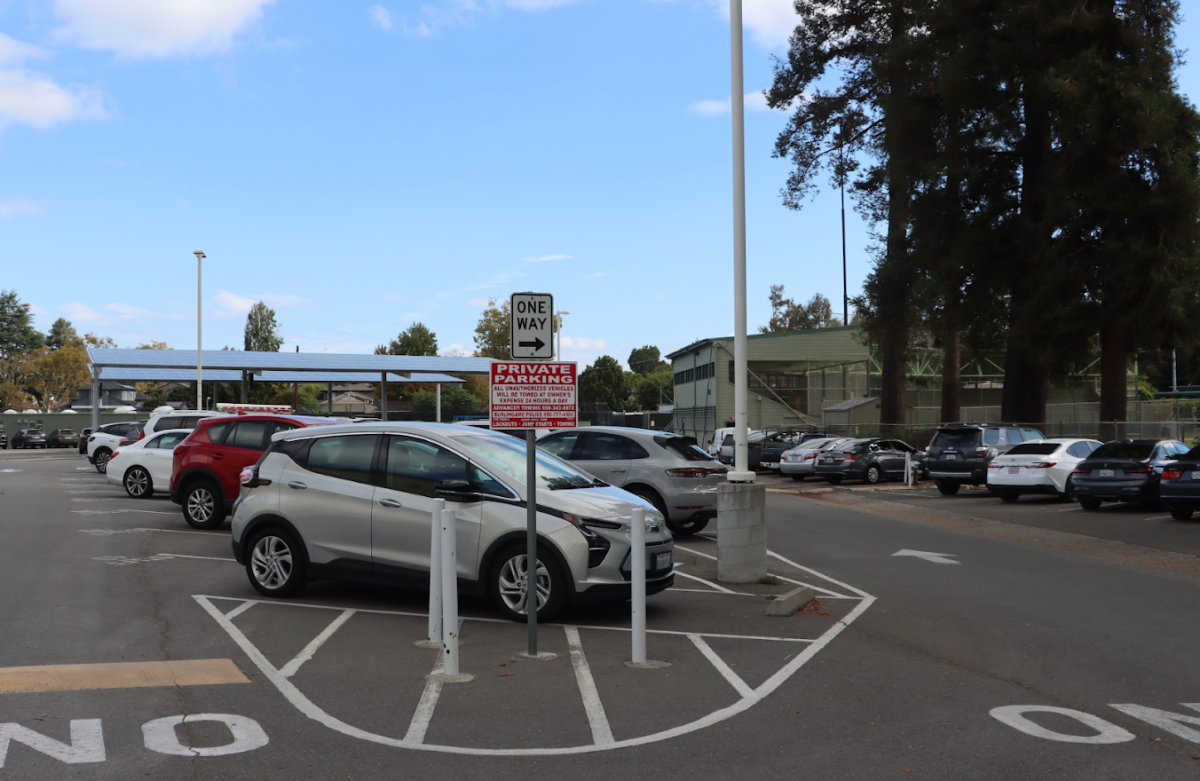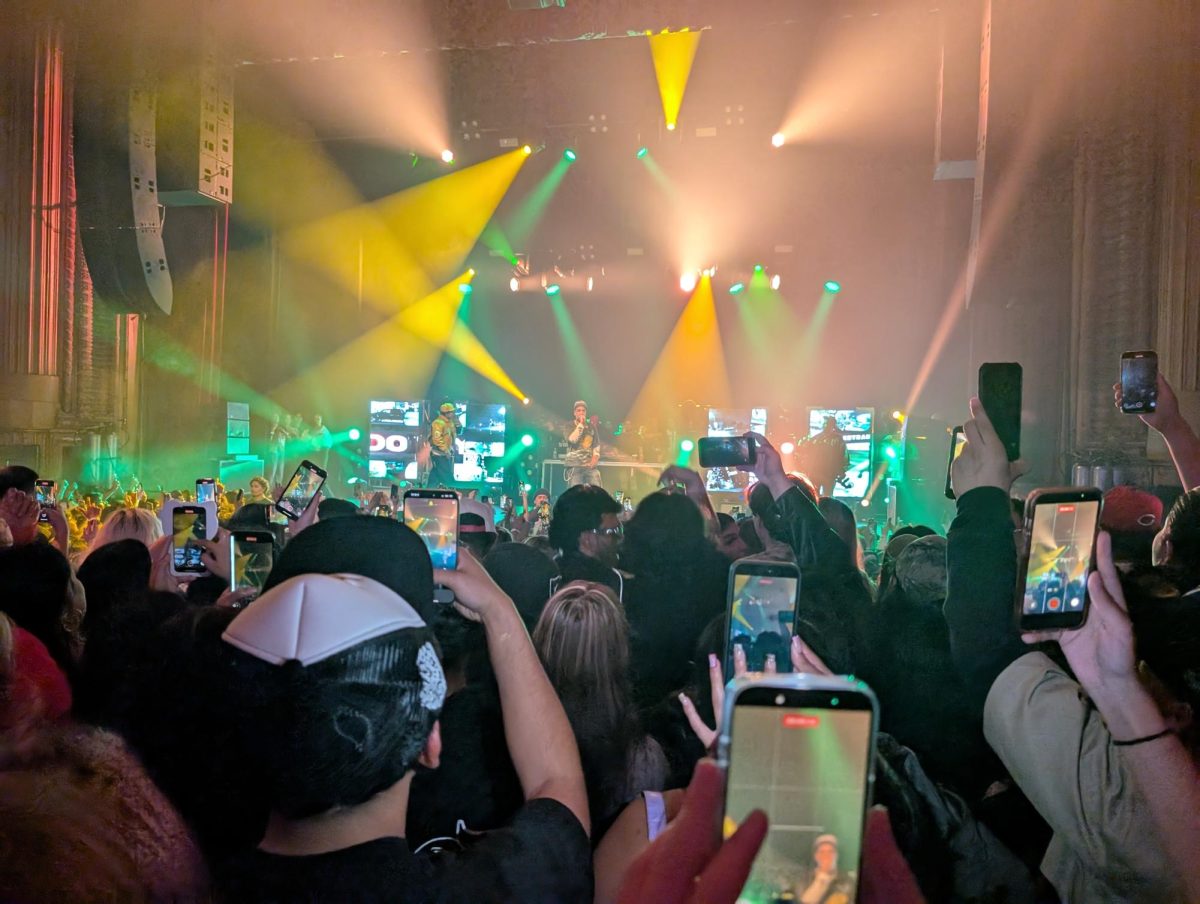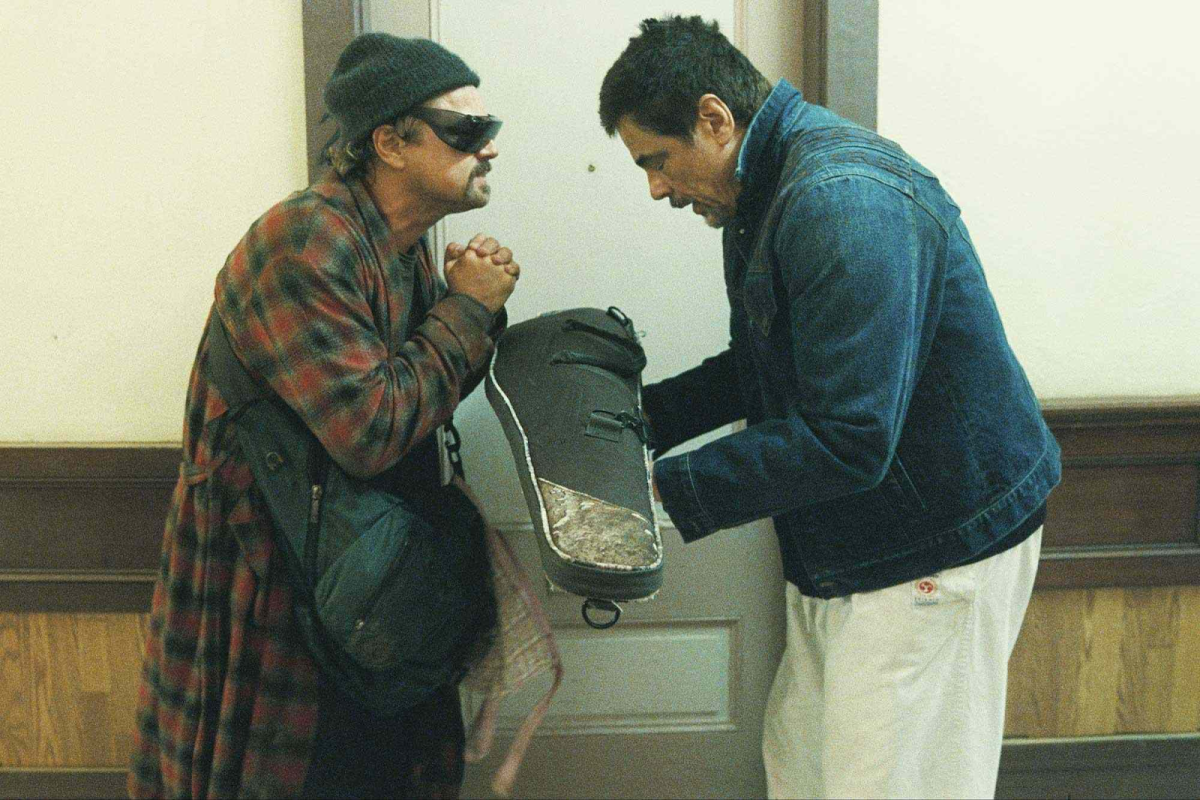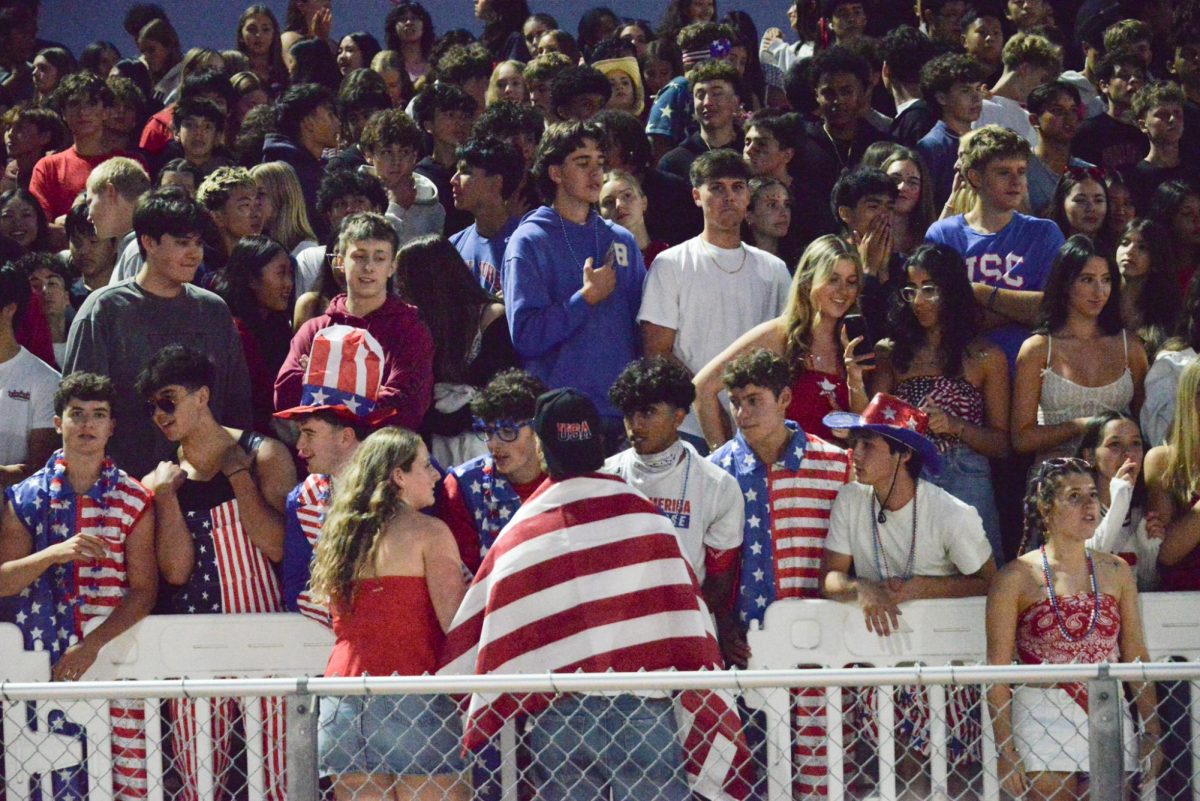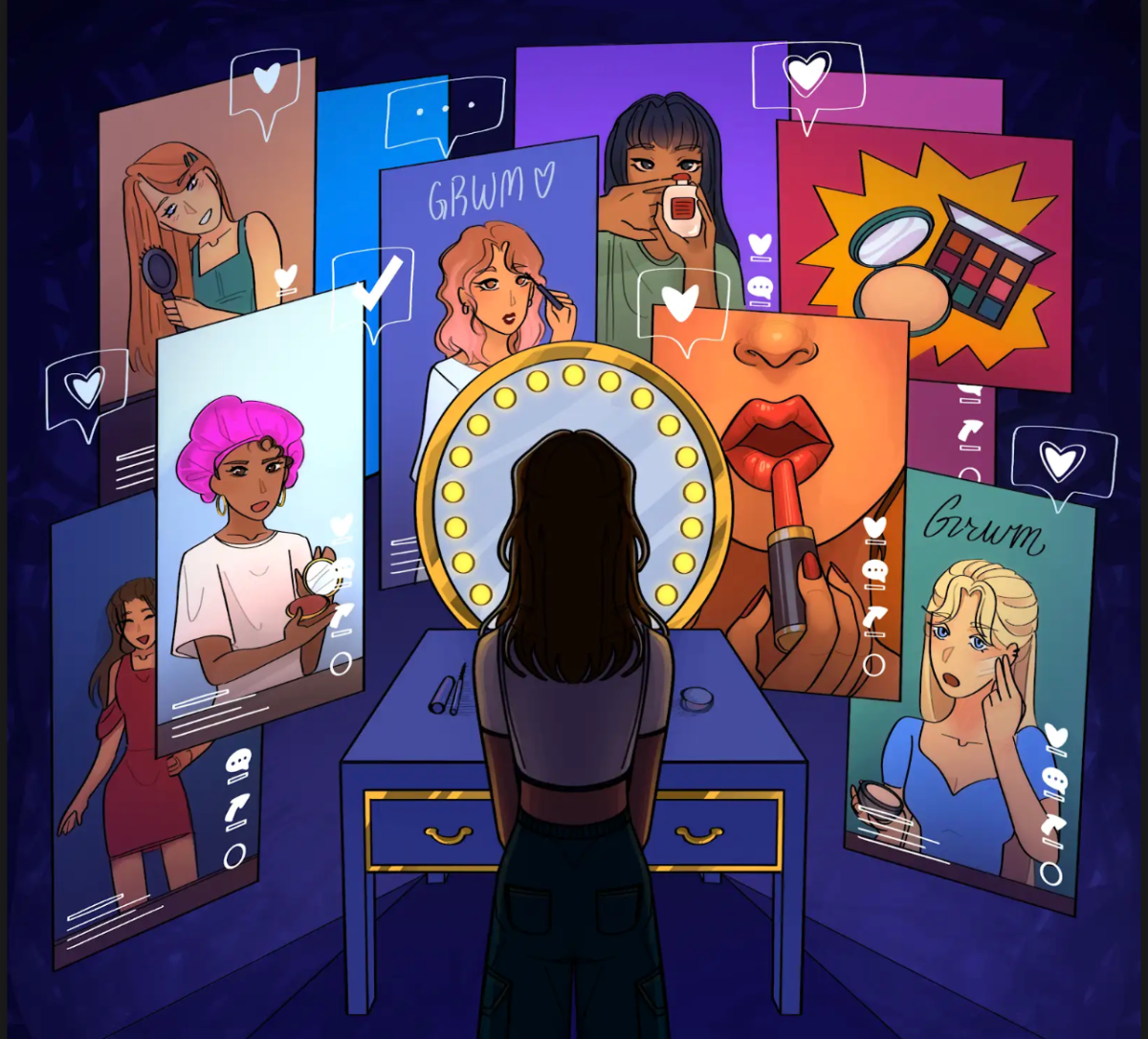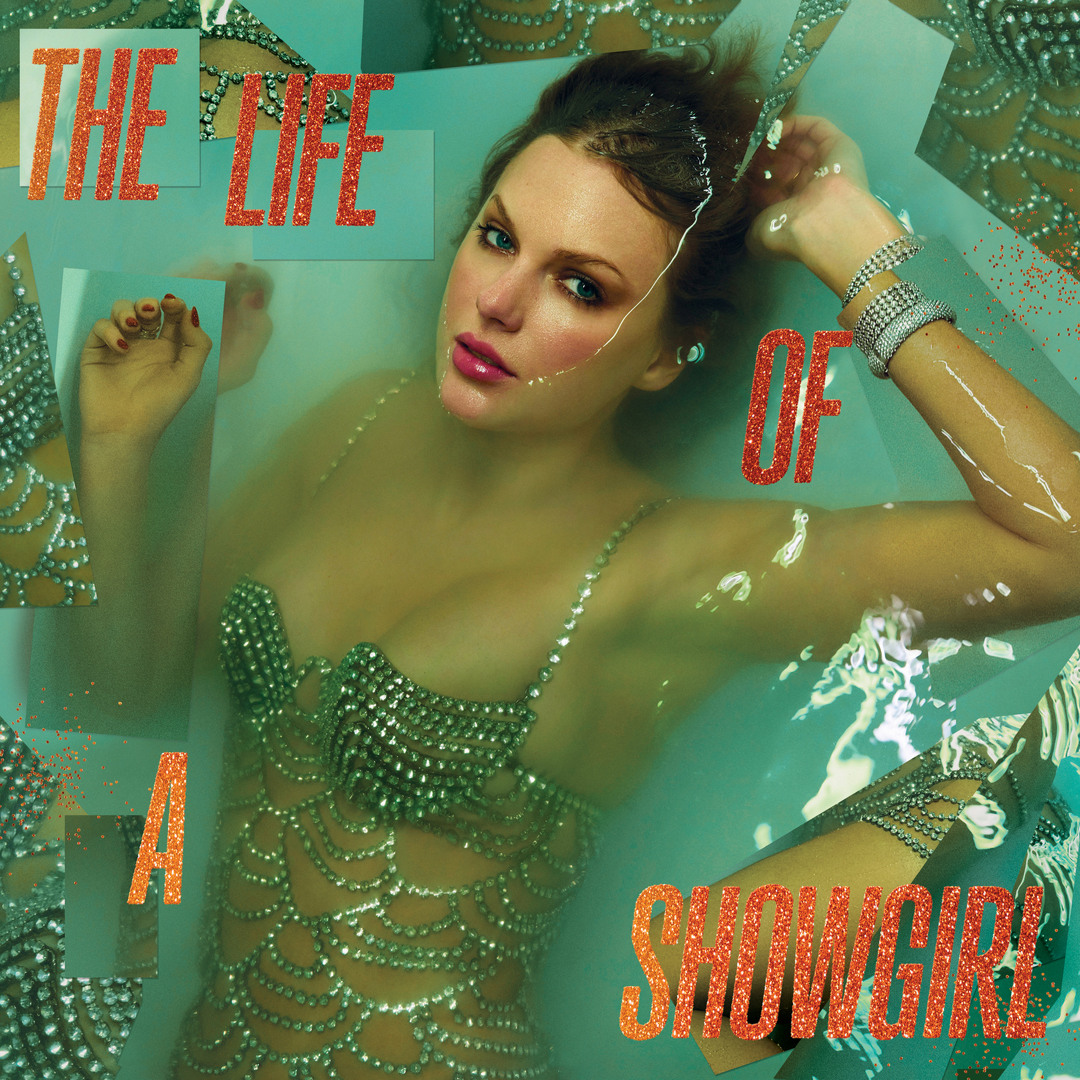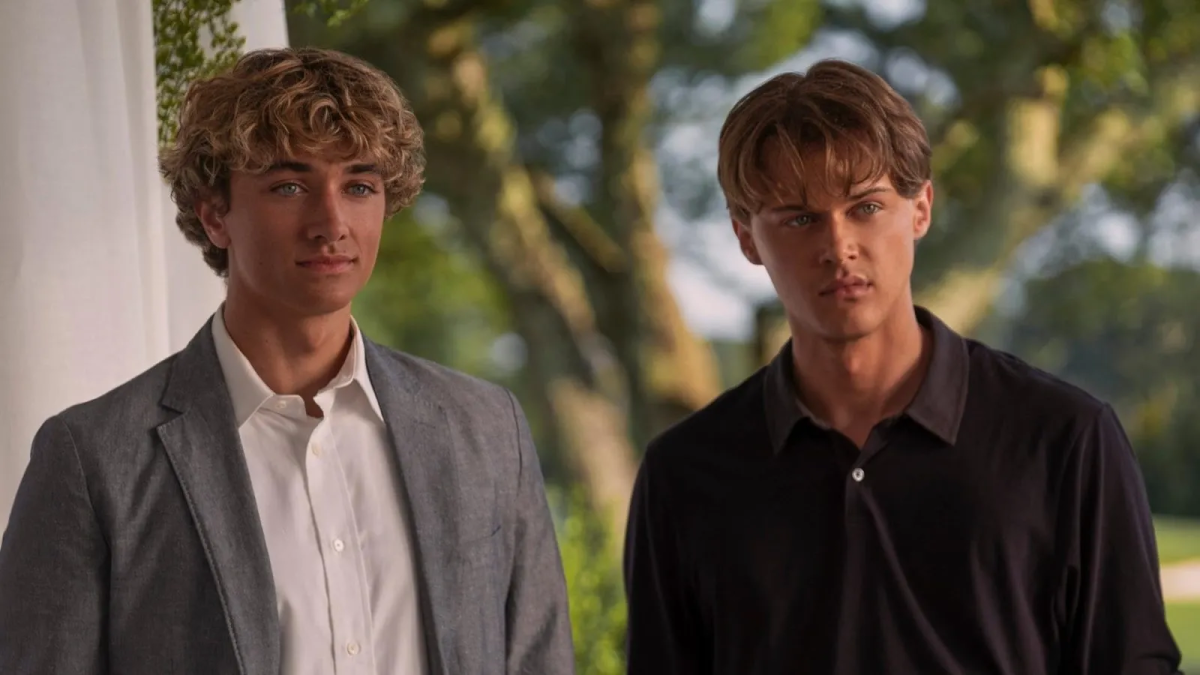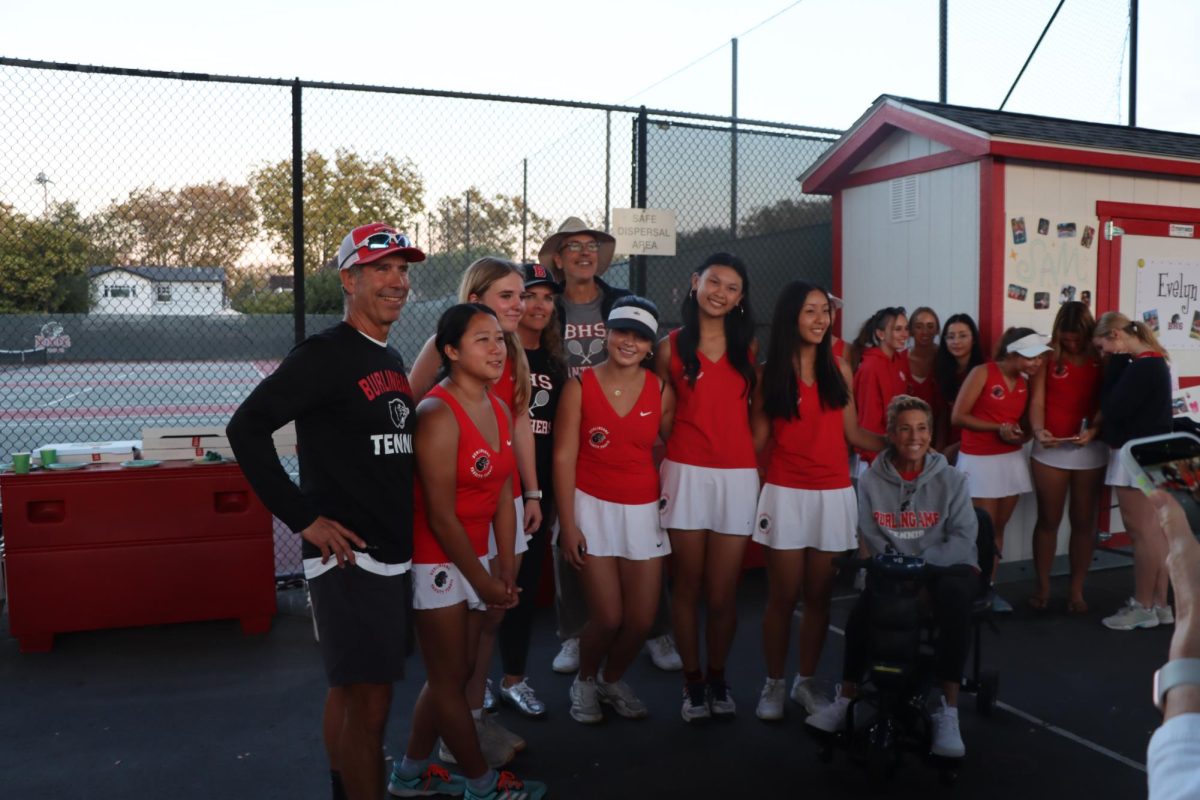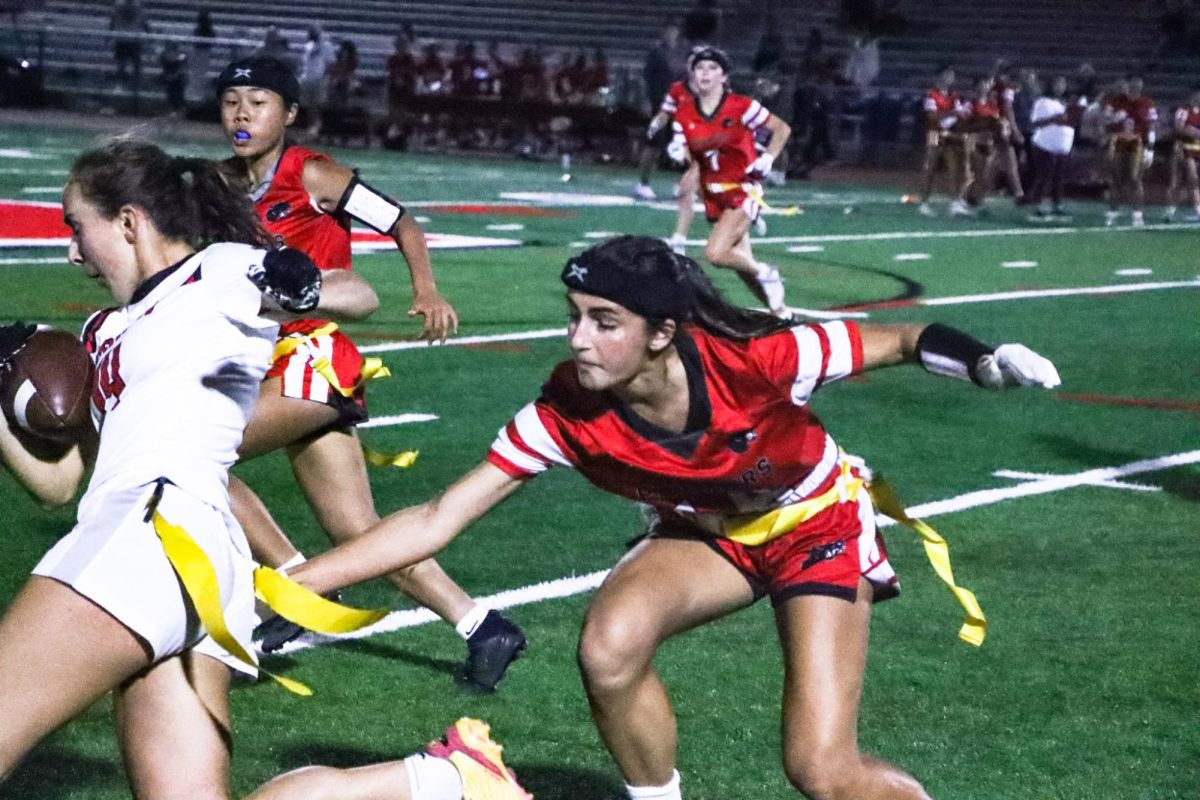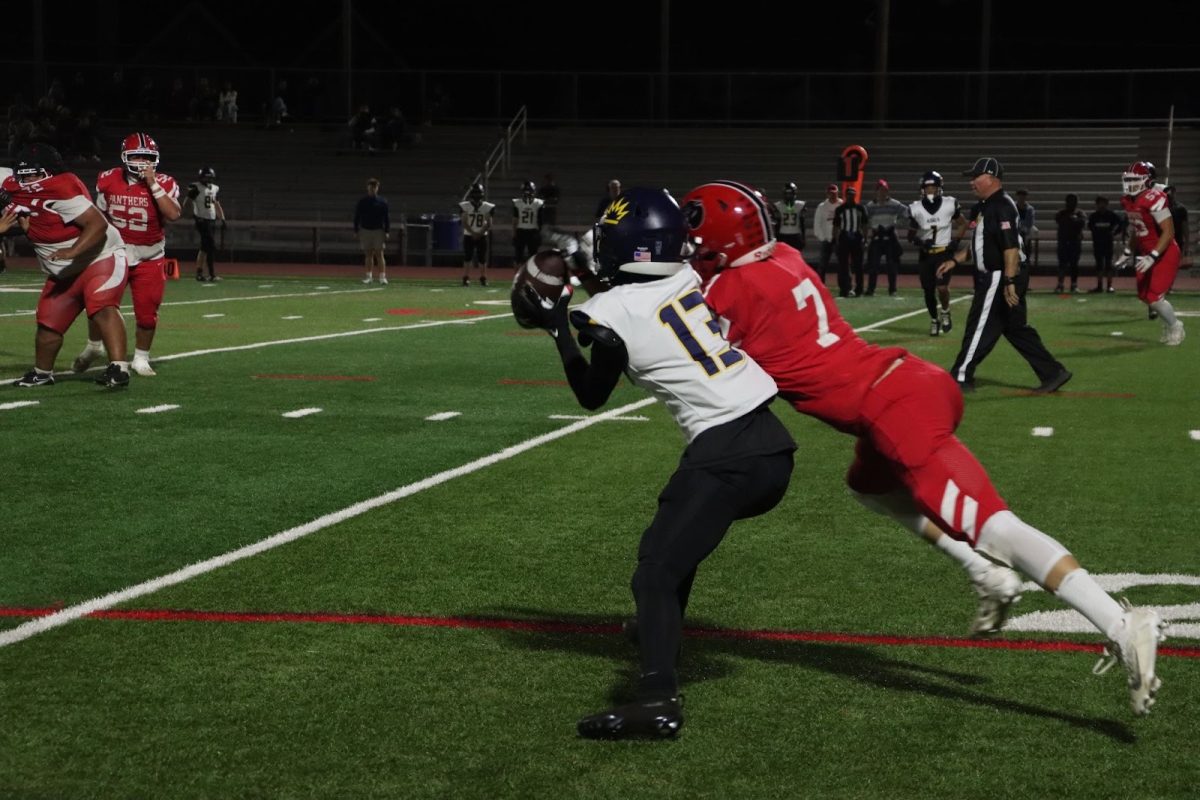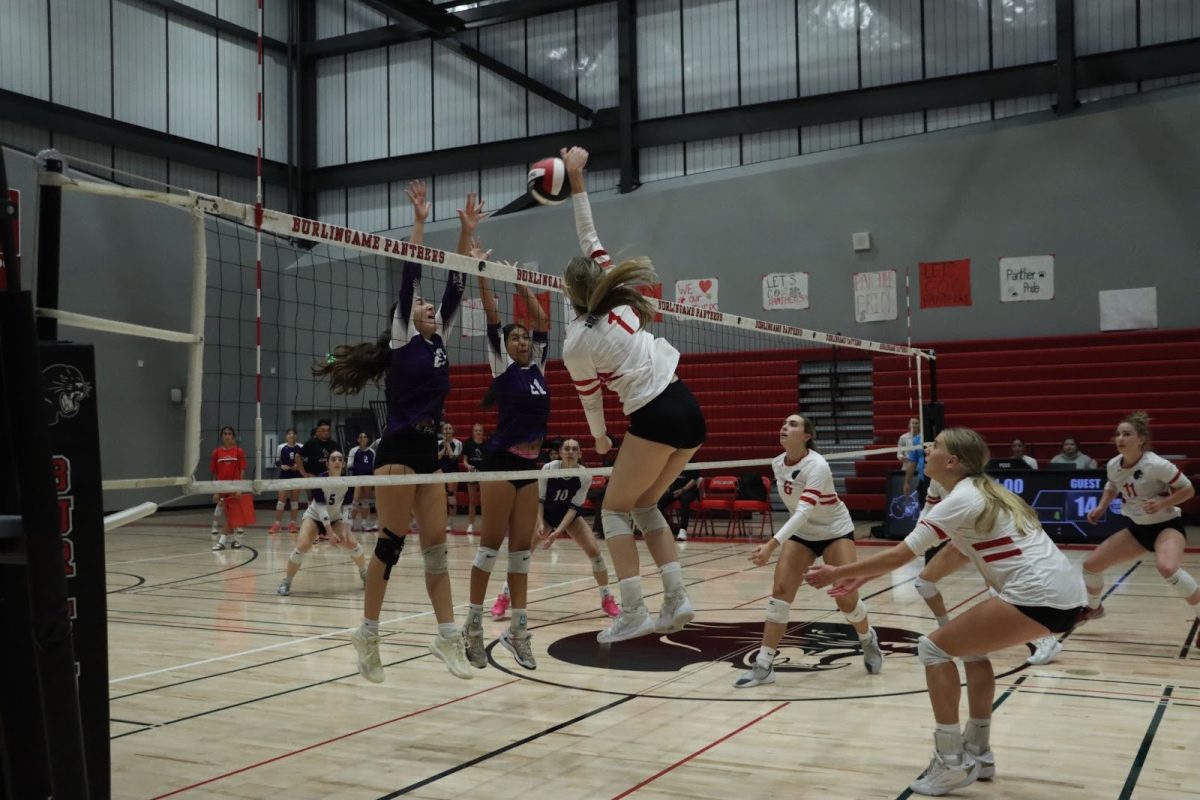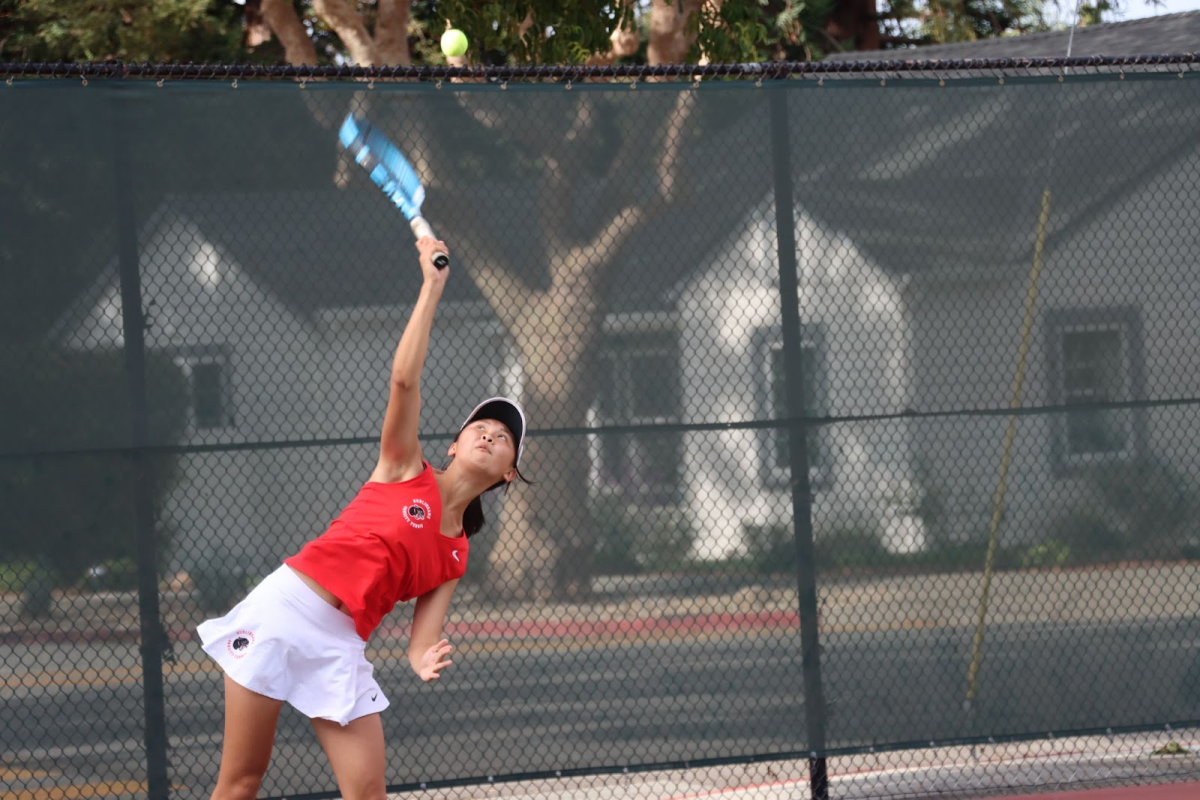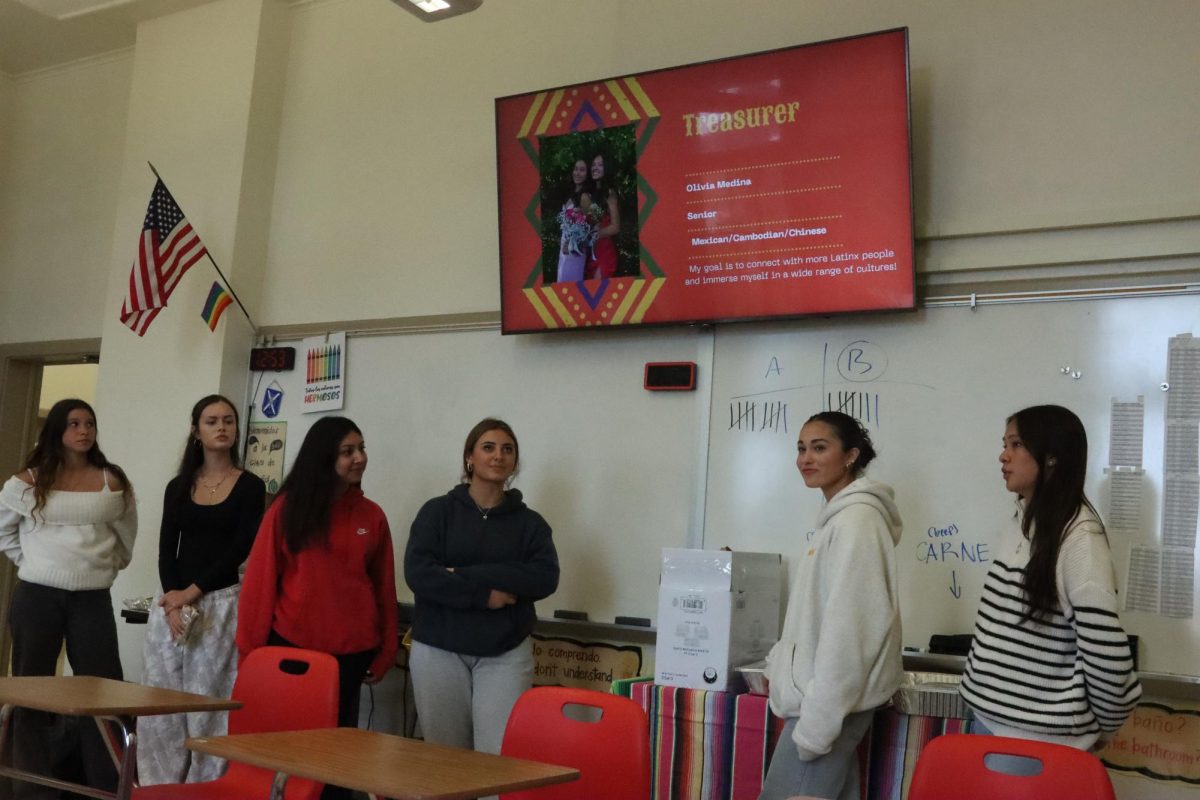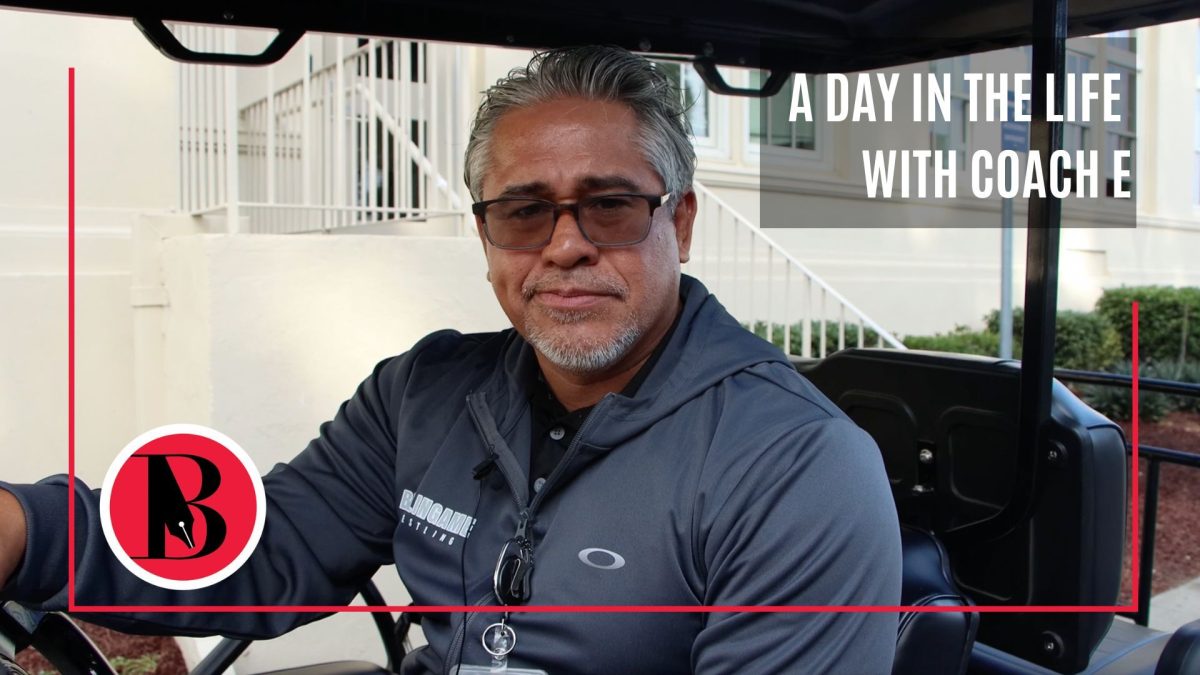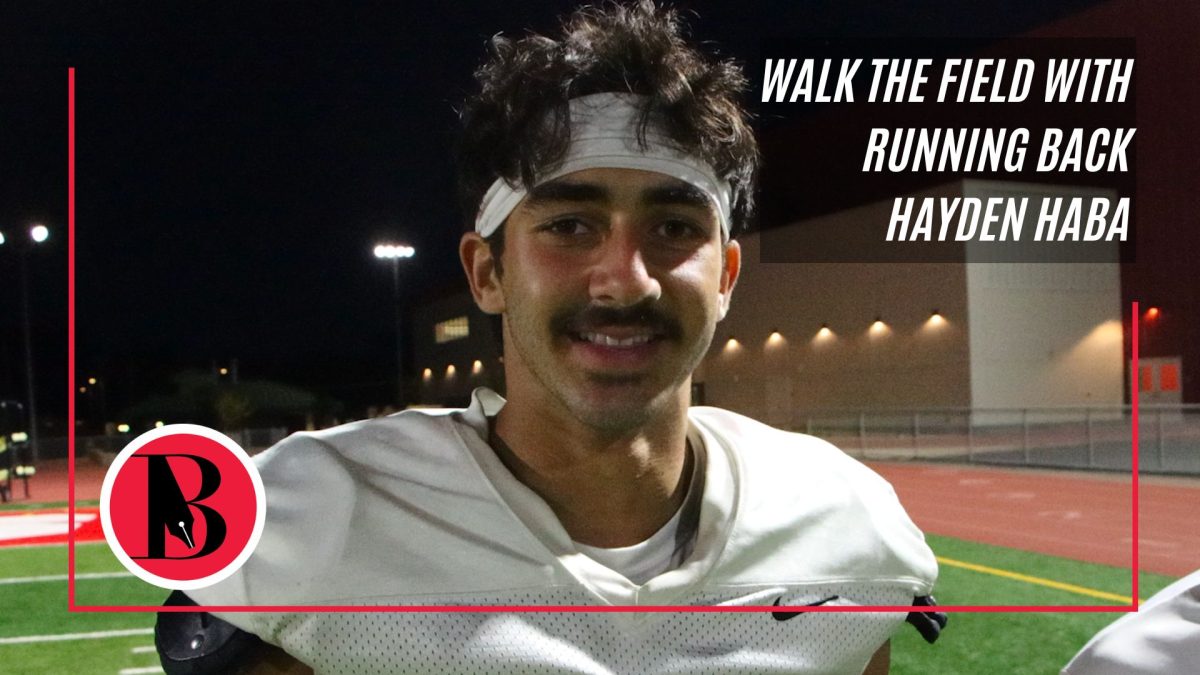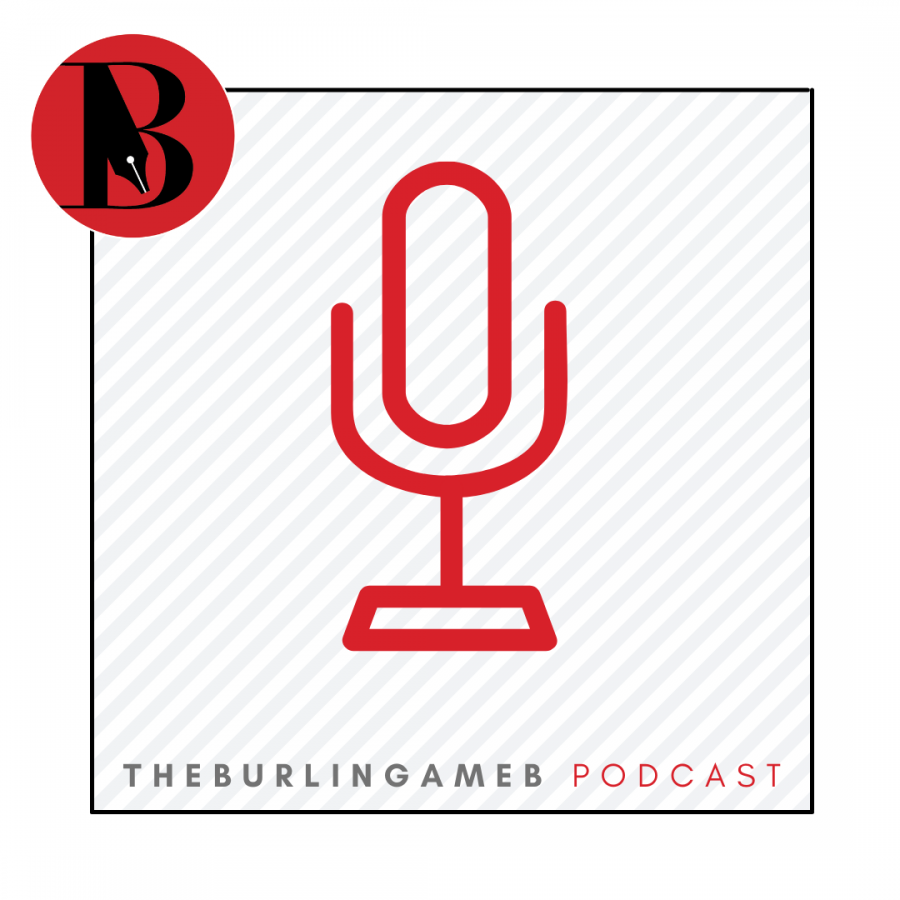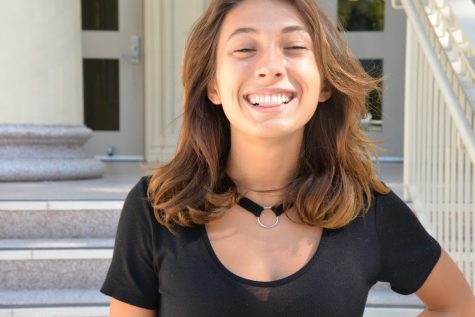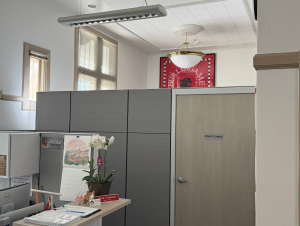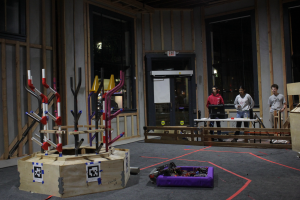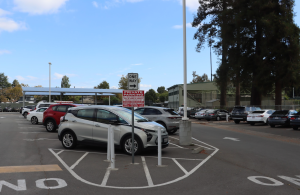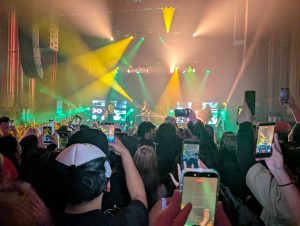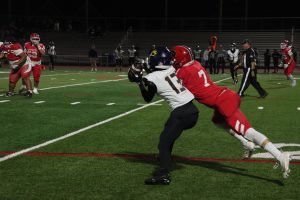Straight talk – Being LGBTQ on campus
December 3, 2018
Let’s talk about the F word. No, I’m not referring to the one you might be thinking of. I’m talking about the derogatory word for gay men that seems to be thrown around by our generation freely and without thinking of the deep significance its use means. The first time the F word was used to describe a homosexual man was in 1914, in the United States. Now, it is a staple of homophobic accusation.
“In class I’ve heard people use the word faggot and it’s just to put someone down like, ‘Hey, stop being a faggot’,” junior Chloe Castillo said. “And that basically means stop being gay and that’s a bit rude because it’s calling being gay a bad thing. So I ain’t down with that.”
The original meaning of “faggot” was a bundle of sticks in 1300s England, but obviously the word has morphed severely since then. The origins of the derogatory connotation behind the word is widely disputed. Some argue that it was an abusive term for older women in the 16th century, especially older widows who made a meager living by gathering and selling firewood, as “faggot gatherers.” Synonymous with femininity, eventually it was applied to homosexual or effeminate men in the same way as nancy, sissy, or queen would be used. Another possible conception of the word comes from British public schools in the 19th century. Younger boys serviced older boys in a system called “fagging”. While this system of hazing was supposed to just entail cleaning rooms and changing laundry, “fagging” eventually developed a reputation of abuse, often sexual.
“Burlingame is seen as such an accepting place and very liberal and not problematic. But I do hear a lot of that language used,” senior Suzanna Longworth said. “Not just in Burlingame but in this general area. And it’s shocking to hear that language because I take offense to it and I know a lot of people who take offense to it.”
It’s not just the F word. It’s the whole slew of homophobic slurs that are so common in our culture, both on campus and off. Calling girls (including your friends) dykes and lesbos, even as a joke, is offensive. Calling boys queer, queens, fairies or sissys brings us back decades of progress. Using these words in a derogatory sense is saying that identifying as LGBTQ is inherently bad and something to be ashamed of. Establishing these terms as insults implements an ingrained sense of homophobia in our vernacular and in our culture as a whole.
“I’ve heard a lot of people say the f word, usually boys towards other boys. The other day I was walking to go home and I heard one boy yell at some other boy and call him a faggot and I wanted to go over there. I walked over there. I would have gone off on whoever said it if I’d known who they were, or if I’d seen them,” junior Madeline Green said. “But I hear that all of the time. A lot of the time they’re not even calling someone else gay, they’re just using it as a way to degrade someone for whatever reason that doesn’t have to do with your sexuality at all. But it worsens the stigma that’s already there, that being gay is not okay, it’s not allowed.”
The US National Institute of Health revealed that one-half of gay men and one-fifth of lesbians were verbally or physically assaulted in high school because of their orientation, and that they were two to four times more likely to be threatened with a weapon at school. 70 percent of students in our district think that school is a safe place for students who are lesbian, gay, bisexual, transgender, queer or questioning (LGBTQ), according to last year’s Healthy Kids Survey. Yet its common to hear people use derogatory terms for the LGBTQ community on campus.
“It’s the first thing that comes to mind when I’m trying to describe something that’s bad that I don’t like. I hear a lot of other people say it as an insult, and its common, and it has become accepted in society. People take it too seriously,” said junior Eddie Mataele. I had overheard him and his friends insulting each other’s work during class, calling each other gay. When asked why it was not offensive for him to say “That’s gay” as an insult, Mataele did not have an answer.
…
“Media is very heteronormative. The majority of things you see on there feature heterosexual couples. There are gay couples on TV, but a lot of them fill the stereotypes of one having to be the man, one having to be the woman. I do think we are a culture of heteronormativity and that’s what we’ve been taught. And obviously it can be changed, but it’s very hard to change something that’s been absorbed into you,” Longworth said. “It was very hard for me to be okay with myself for a while because I was just always like, oh, I can’t like girls, because I don’t know anyone else who likes girls. I felt so different, so abnormal, I asked myself, like, what’s wrong with me? And it took me so long to realize, you’re literally totally normal. There’s so many people who are exactly like you don’t worry.”
Our media shows predominantly straight couples in film and TV, leaving LGBTQ teenagers needing a love story of their own. Movies like Love, Simon and Call Me By Your Name are the extent of popular romantic films featuring gay couples. Even when the LGBTQ community is represented in media, they are portrayed through stereotypes. Gay men are restricted to the role of the “Gay Best Friend.” Always the fabulous accessory to the open minded popular girl, he absolutely loves shopping and makeovers, and is always there to give guy advice. Gay women are confined to being butch, with pixie cuts and an aggressive personality. Bisexual girls are reduced to a phase, as women who just like to get drunk and kiss other girls.
“There’s a ton of straight love movies where, you know, they find each other in school and then they fall in love. There’s always a cute little story of like falling in love, except they’re always straight. And I think that’s always what’s seen in society, and gay people don’t really have such a love story at all,” Castillo said.
1.3 million kids, or roughly eight percent of all high school students in America, report being lesbian, gay, or bisexual, according to the CDC Youth Risk Survey. Yet, the majority of television focuses on heterosexual relationships. When media only shows straight couples, adolescents accept being straight as the norm. When kids struggling with their identity only see heterosexual couples, they think something is wrong with them. Kids should never grow up ashamed of their sexuality because of the norm presented to them by television.
“The majority of children’s books feature a man and a woman. The prince and the princess, they fall in love. It’s never the prince and the prince or the princess and the princess,” Longworth said. “I would like to see a shift in the culture to more representation, especially in children’s media, because that is where we absorb a lot of our ideals and what we are taught by society is right or wrong. And I think more representation would solve that.”
…
Coming out has always been seen as a rite of passage for the LGBTQ community, something important but sometimes incredibly difficult. When it comes to dealing with religious or traditional relatives and the fear of rejection, some people can see coming out as more trouble than it’s worth.
“I decided to come out just because I thought people should know the truth because everyday I was living with my parents, I was kind of lying to them about who I was,” Castillo said. “This is my entire future; I’m going to live with another female for the rest of my life. That’s pretty big and I don’t want to lie to my parents and I want to be honest with all my friends. Honesty is the building block for relationships, man.”
Coming out as LGBTQ means the possible loss of friendships, relationships, and family. At Burlingame, girls who have come out have been shunned by their friends, claiming their sexuality made them uncomfortable and afraid that they were in love with them. But, coming out is not always bad. It can be something to make you proud of your identity.
“Once I started dating my current girlfriend, a lot of people just found out. I wasn’t trying to hide it, but I also didn’t tell people. So the news spread pretty quickly. I think that some people at school were surprised just because I think I come off as straight. I felt like it was something people were talking about but not necessarily in a bad way. I heard some people told my friends like, oh, you’re friends with Maddie. I heard she just came out, that’s cool,” Green said. “So overall it was kind of weird feeling like people were talking about me, but I didn’t feel like it was negative for the most part. No one really said anything bad to my face. My parents were supportive. I think my mom already kind of knew just because I wasn’t hiding it very well. I wasn’t trying very hard to hide it. I think my dad was a little surprised but they were both really supportive about it.”
…
As a community, we have come a long way. But we still need to realize that we have a ways to go.
“I constantly see people saying, ‘I’m okay with the LGBTQ community, but it’s kind of being shoved down my throat and I wish people would chill.’ Like, no, we’ve been in the shadows for centuries. We have been afraid to come out and you know what? No, there can’t be a straight pride month because you have had straight up straight pride for centuries. Please just let us have one thing. Let us be prideful of ourselves,” Longworth said.

